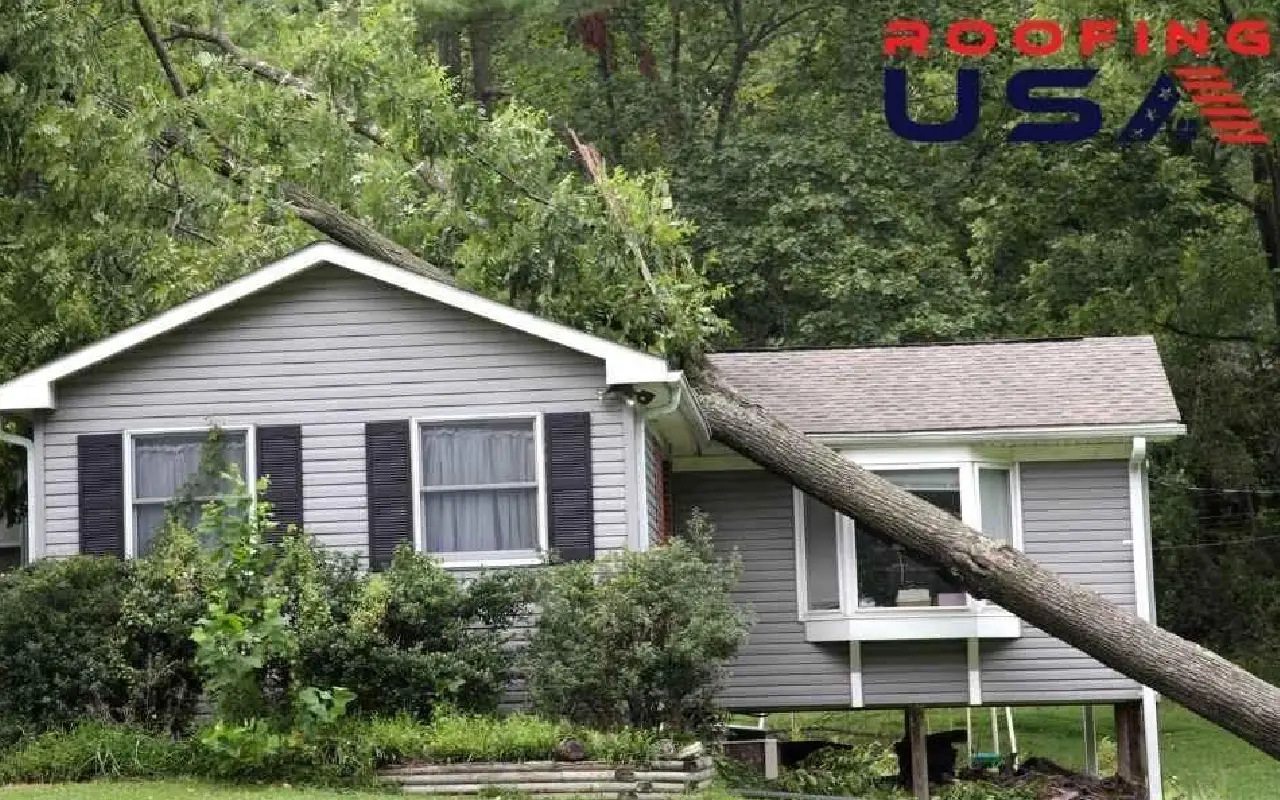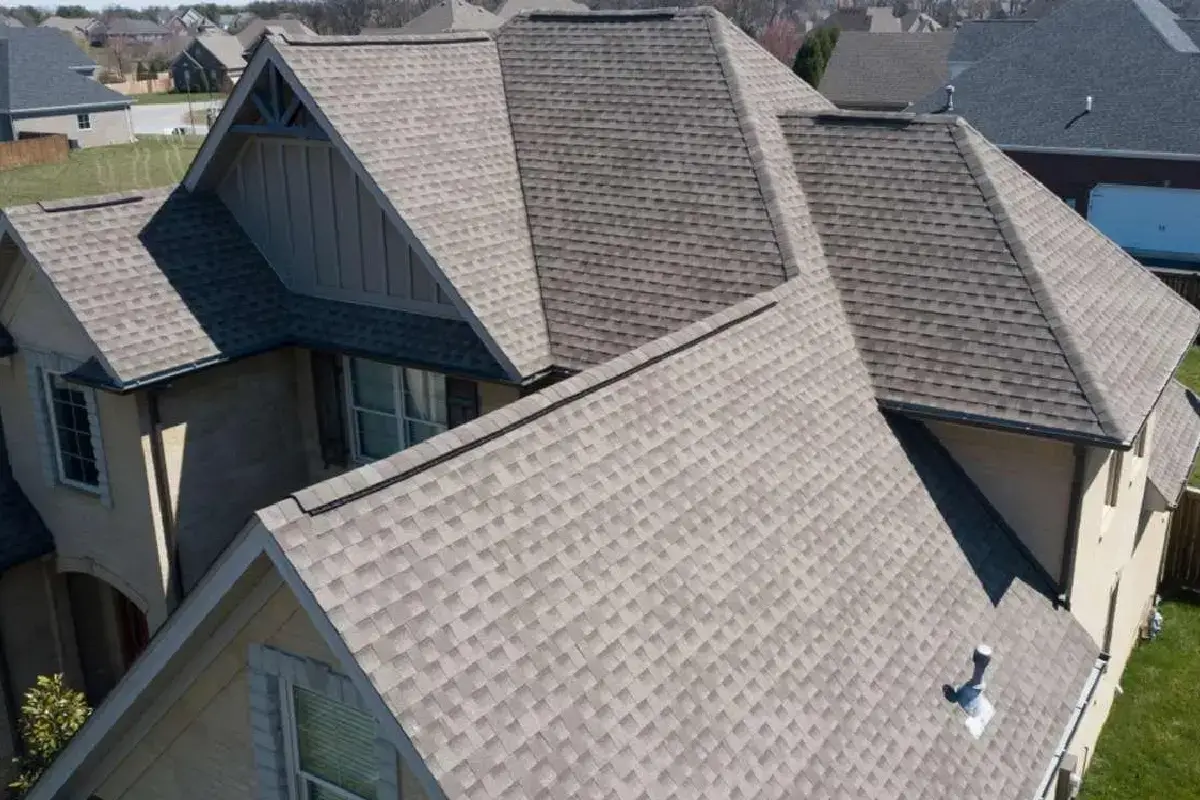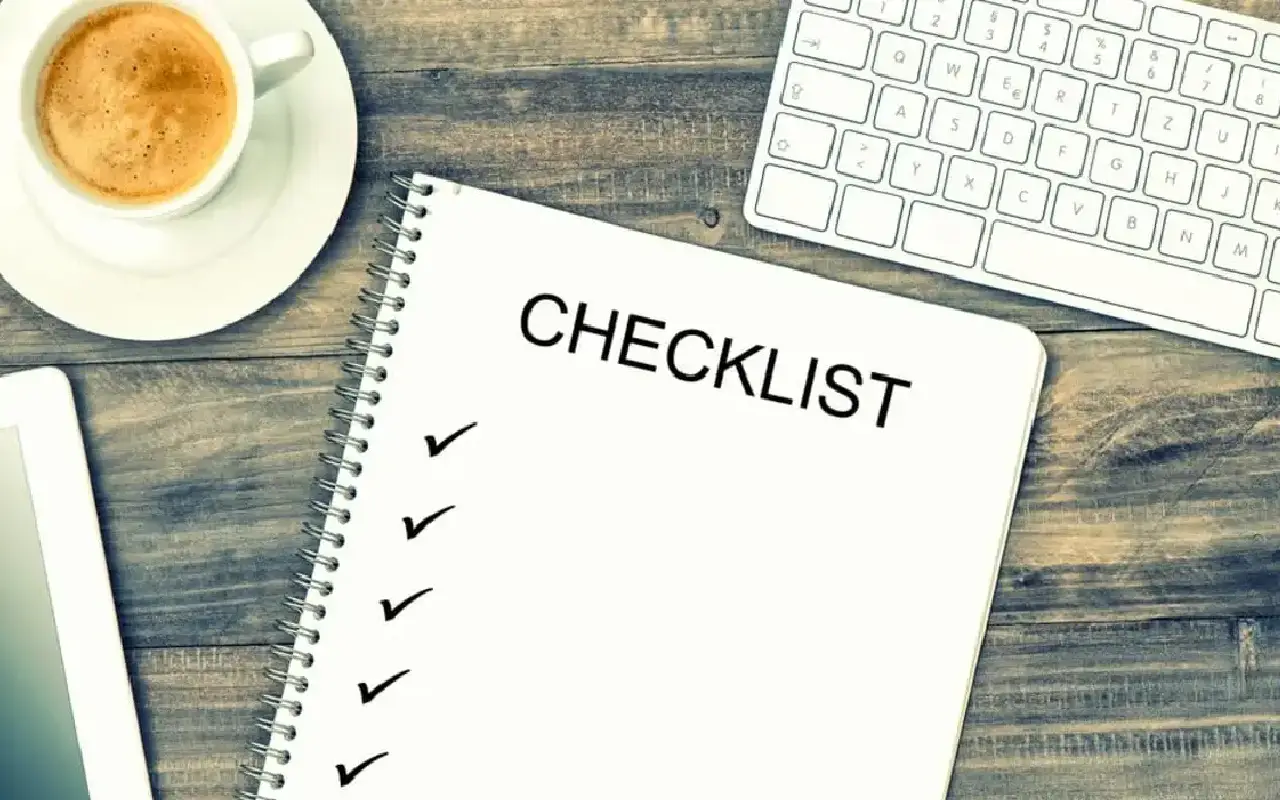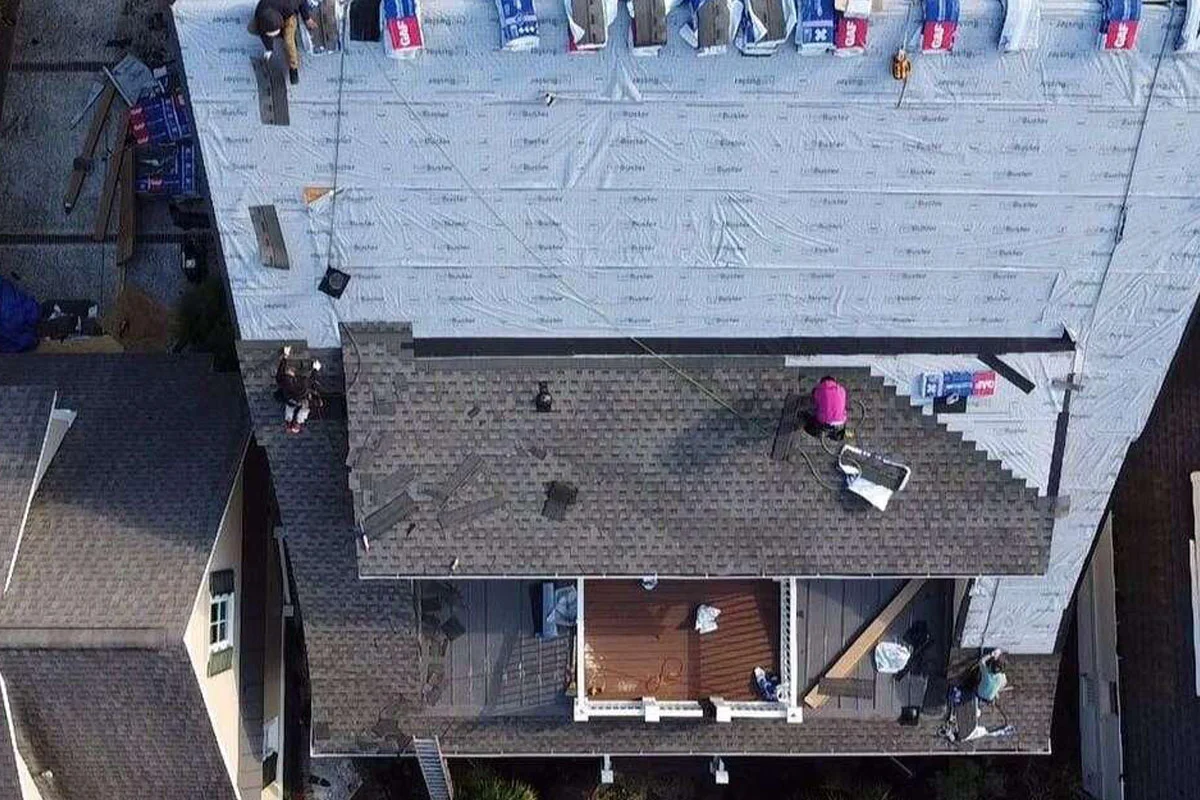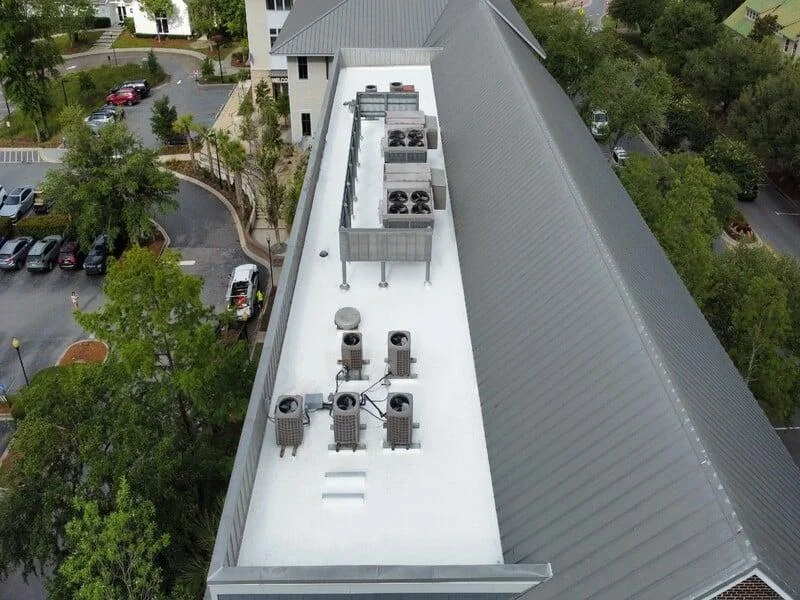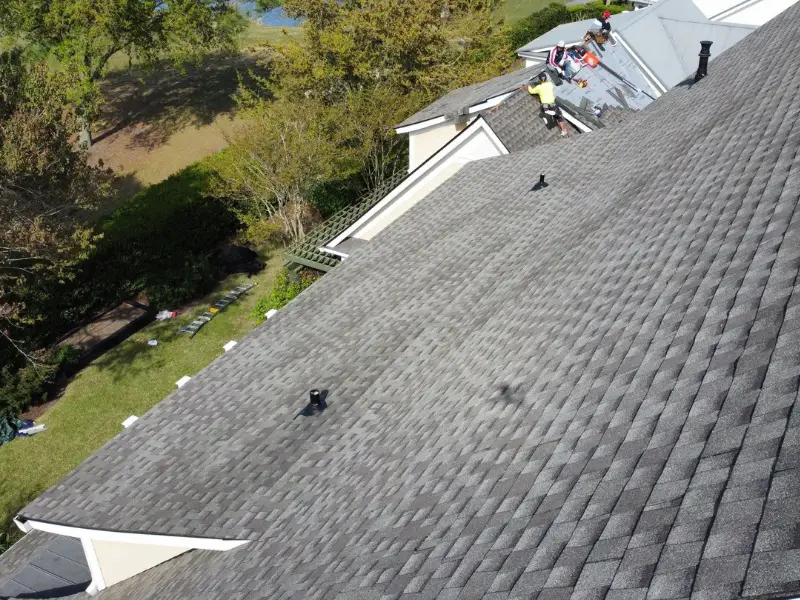Experiencing a sudden roofing crisis can be an incredibly stressful situation for any business or building owner. The unexpected nature of a severe storm damaging your roof or a sudden leak that threatens your operations can leave you feeling overwhelmed. In such critical moments, act promptly and take the necessary steps to address an emergency roof repair. By promptly addressing the issue, you can minimize further damage and ensure the safety and integrity of your business premises. In this blog, our team of experts here at Roofing USA will provide a step-by-step of what to do if you find yourself in an emergency roofing situation.
Step 1: Assessing the Damage
When faced with a roofing crisis, assess the damage quickly and accurately. By taking appropriate precautions and conducting an initial assessment of the roof, you can determine the severity of the situation and take the necessary steps toward emergency roof repair.
Safety First: Precautions to Take
Before assessing the damage, prioritize your safety and the safety of others. Follow these precautions to minimize the risk of accidents or injuries:
- Stay Alert: Be cautious of loose debris, slippery surfaces, and unstable structures.
- Secure the Area: Restrict access to the affected area to prevent accidents or further damage. Use caution tape or barricades if necessary.
- Use Protective Gear: Wear appropriate personal protective equipment (PPE) such as gloves, safety goggles, and sturdy shoes to protect yourself from potential hazards.
- Beware of Electrical Hazards: Be mindful of any exposed wires or damaged electrical systems. Keep a safe distance and contact a professional if needed.
You can create a safe environment for assessing the damage and prevent additional risks by taking these precautions.
Proceed With an Initial Roof Assessment
Once safety measures are in place, begin your initial roof assessment. Keep the following points in mind to evaluate the extent of the damage:
- Visible Signs: Look for signs of damage, such as leaks, sagging areas, or signs of water stains on the ceiling.
- Roof Structure: Inspect the roof structure for any signs of weakness, including sagging, cracks, or noticeable shifts.
- Gutters and Drains: Check the condition of the gutters and drains. Look for clogs, debris accumulation, or any signs of damage that may affect the roof’s drainage system.
- Interior Damage: Assess the interior of the building for any signs of water intrusion, such as dampness, water stains, or mold growth on walls or ceilings.
By conducting an initial assessment, you can gather important information about the extent of the damage and make informed decisions regarding the necessary emergency roof repairs.
Step 2: Documenting the Damage
When faced with a roofing crisis, document the damage thoroughly. In this section, we will discuss the importance of documentation and will provide guidance on how to effectively capture the damage through photos and collecting evidence.
The Importance of Documentation
Documenting the damage to your roof is crucial for several reasons. First, it provides a clear record of the condition of your roof before and after the emergency repair. This documentation serves as evidence to support your insurance claim and helps establish the extent of the damage that occurred during the crisis. Furthermore, documenting the damage allows you to communicate effectively with your roofing service provider. It ensures that they have a comprehensive understanding of the issues and can plan the necessary repairs accordingly. Accurate documentation minimizes the chances of misunderstandings and ensures that the repairs are conducted efficiently and effectively.
Taking Photos and Collecting Evidence
To document the damage, take detailed photos of the affected areas from multiple angles. Make sure to capture both close-up shots and wide shots that provide context. Focus on areas where the damage is most visible, such as leaks or structural issues. If possible, include any nearby landmarks or objects that can help in identifying the location of the damage. When documenting the damage, include the date and time of the incident. This information is crucial for establishing the timeline and ensuring the damage is accurately associated with the roofing crisis. Remember, if it is unsafe to access the roof or the damage is extensive, prioritize your safety and leave the documentation process to experienced commercial roofing professionals like our team at Roofing USA. We have the necessary knowledge and equipment to capture the damage while ensuring their safety effectively.
Step 3: Temporary Roof Repairs
Temporary roof repairs can help mitigate the situation until a professional roofing service arrives. This section will explore some temporary fixes to implement to prevent further damage to your roof.
Temporary Fixes to Prevent Further Damage
At Roofing USA, we understand that when a roofing crisis strikes, immediate action is essential. We’re here to provide quick and efficient temporary solutions to minimize damage and protect your property. Our services include:
- Tarping: Our team is adept at promptly responding to significant roof leaks. We’ll cover the affected area with a durable tarp, serving as a temporary barrier against water intrusion. We ensure the tarp is securely fastened and extends beyond the damage for optimal coverage.
- Sealing Leaks: Small leaks can lead to significant problems. Roofing USA can apply a temporary sealant to avoid water intrusion, giving you peace of mind while waiting for permanent repairs. We use roof sealants specifically designed for temporary fixes, applied following stringent safety and application protocols.
- Clearing Debris: Pooling water caused by debris obstruction can exacerbate roof damage. Our team is equipped to safely remove debris, ensuring water flows freely and additional stress on the roof is alleviated.
While these repairs can prevent further damage in a crisis, it’s crucial to keep working with your insurance company and roofing contractor for recommendations and the next steps toward a permanent repair.
Patching Leaks
One common problem during a roofing crisis is leaks. Identifying the source of the leak and patching it can help minimize water damage. To patch a leak, locate the area where water is entering your building and apply a suitable temporary sealant or roofing cement. Ensure that the affected area is clean and dry before applying the sealant. Follow the manufacturer’s instructions for the best application method. However, roof repairs such as this are dangerous to handle on your own. We advise you to call an emergency roofing service to handle quick leak sealing and shingle repair before any permanent fixes.

Step 4: Contact a Professional emergency roof repair Company
When facing a roofing crisis, contact a roofing contractor to handle the emergency roof repair.While attempting repairs on your own may be tempting, hiring a professional brings numerous benefits and ensures a safe and effective resolution to the problem.
Why It’s Important to Hire a Professional
There are several reasons why hiring a professional for emergency roof repairs is essential. First, professionals have the knowledge, skills, and experience to handle different roofing emergencies. They understand the complexities of commercial roofing systems and can accurately assess the damage, identify the underlying issues, and provide appropriate solutions. Professional roofing services also have access to specialized tools and equipment that may be required for certain repairs. They stay updated with the latest industry practices and safety protocols, ensuring that the repairs are conducted securely.
Step 5: Insurance Claims and Next Steps
This section will guide you through the process of insurance claims and working with a roofing contractor for permanent repairs.
Contacting Your Insurance Provider
One of the first actions you should take after an emergency roof repair is to contact your commercial property insurance provider. Promptly reporting the incident and providing detailed information about the damage will help expedite the claims process. Be prepared to provide the following information:
- Date and time of the incident
- Description of the damage
- Photos or videos of the damaged roof
- Any immediate temporary repairs made
Review your insurance policy to understand your coverage and any specific requirements for filing a claim. Somepoliciesmay have time frames within which you must report the damage, so act swiftly.

Roofing USA Provides Emergency Roof Repair In a Crisis
Facing a roofing crisis can be an overwhelming experience, but with the knowledge and the steps we’ve talked about today, you can navigate the situation effectively.By taking prompt action and collaborating with professional services, you can mitigate the impact on your business and ensure your roof is promptly and effectively repaired. As Roofing USA, we understand how crucial it is to address roofing emergencies promptly. That’s why we offer a 24/7emergency roof repair service, ensuring that help is available whenever you need it most.Our team of seasoned professionals has the knowledge and skills to address a wide range of roofing issues, from leaks and storm damage to structural concerns. Trust Roofing USA for timely, reliable, and expert roofing solutions, no matter the time of day or night. If you’re dealing with a roof repair emergency, Call Us Today!




